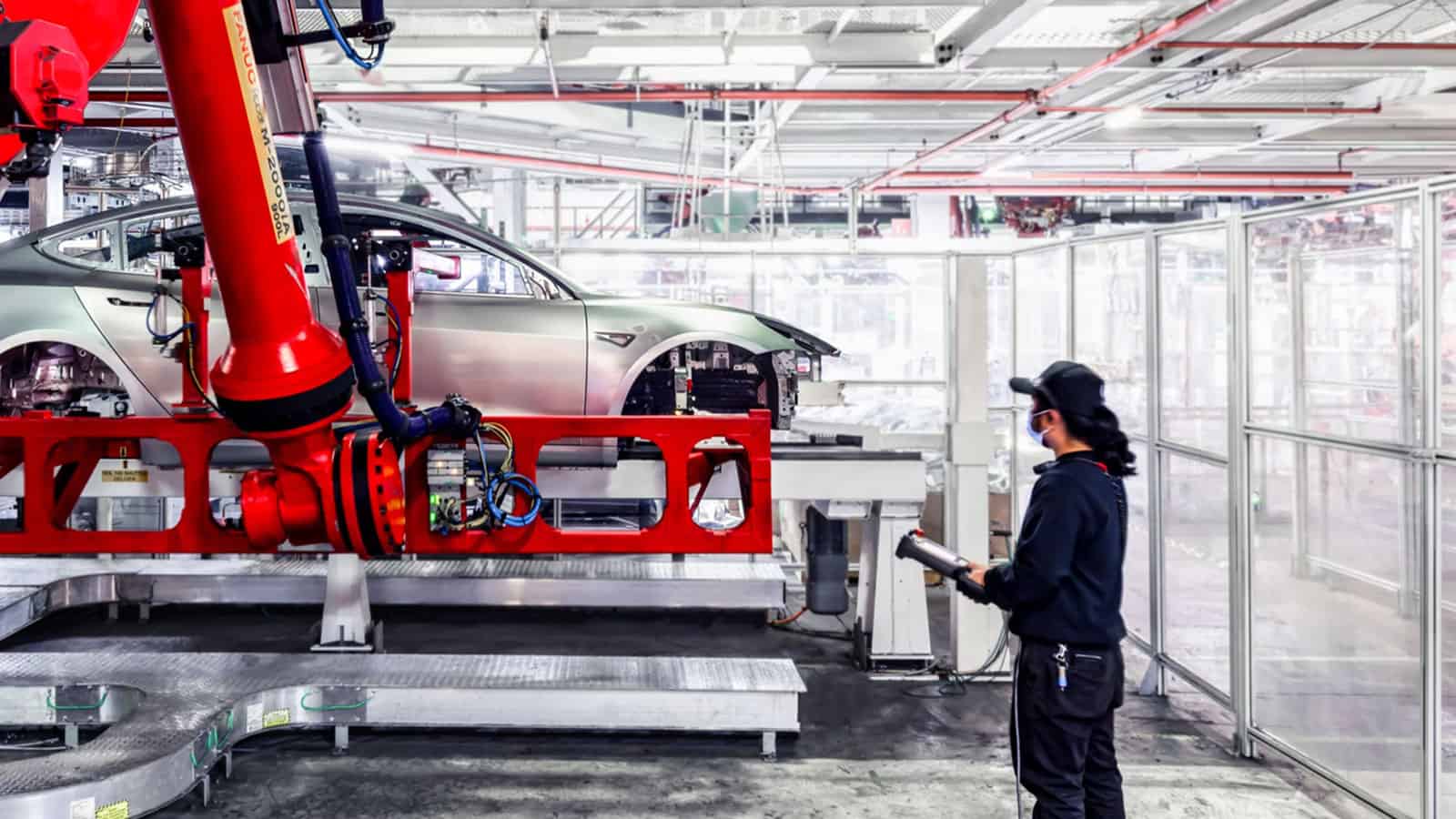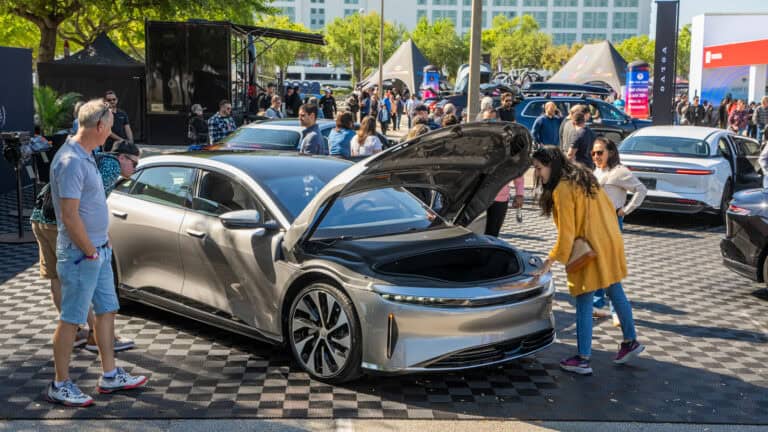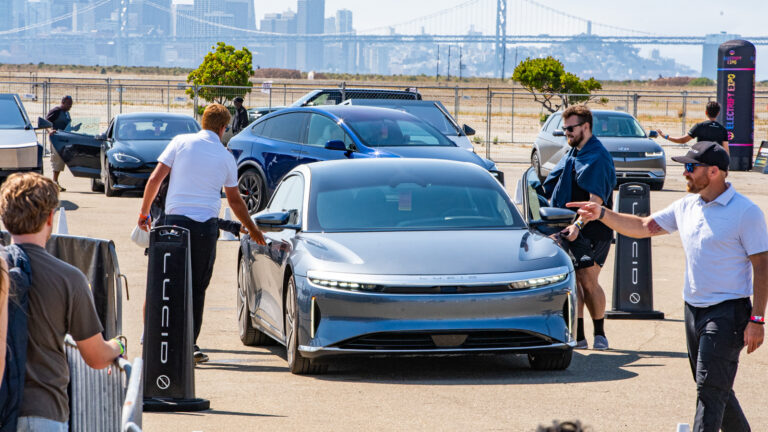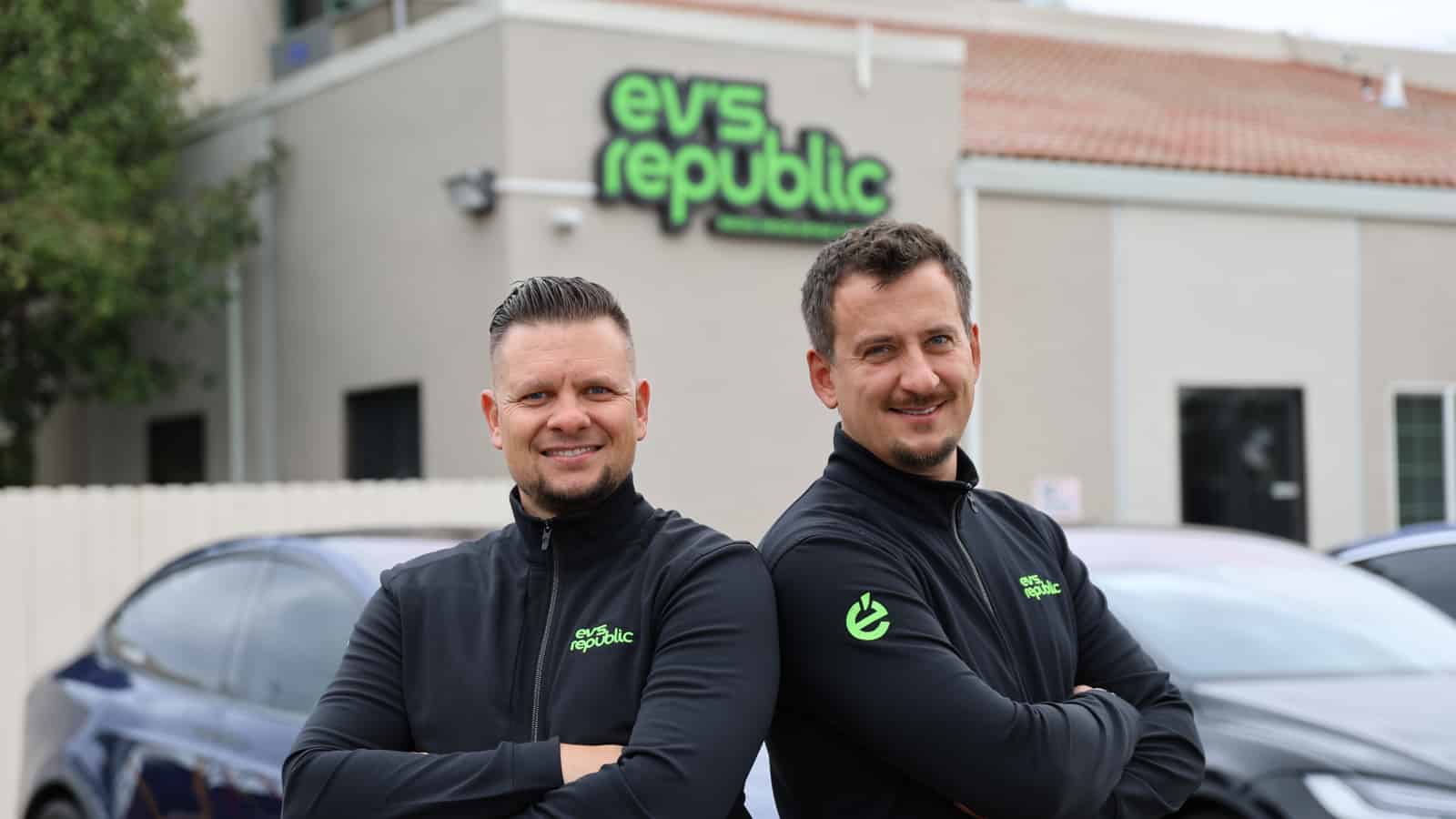- The United Auto Workers (UAW) union is targeting non-unionized automakers BMW, Honda, Hyundai, Nissan, Mazda, Mercedes-Benz, Subaru, Toyota, Volkswagen, Volvo, Lucid, Rivian, and Tesla.
- UAW President Shawn Fain said thousands of non-unionized workers have reached out to the UAW, expressing their interest in joining the organization.
- Elon Musk highlighted that the creation of a union would imply a failure on the company’s part.
The United Auto Workers (UAW) union is setting its sights on major U.S. and foreign automakers for its next wave of unionization efforts, to unionize Tesla and others. This strategy emerged following the successful negotiation of new employment contracts with Detroit’s Big Three automakers. The UAW union aims to bring almost 150,000 non-union auto workers under its umbrella, focusing on companies such as Lucid, Rivian, Tesla, and ten foreign automakers.
The union is employing modern techniques to achieve this, encouraging workers to sign electronic cards as a means to organize and register their interest in union representation. This move to unionize Tesla and others signifies a significant shift in the landscape of auto industry labor relations, potentially influencing work conditions and benefits for a vast number of employees.
ADVERTISEMENT
BMW, Honda, Hyundai, Nissan, Mazda, Mercedes-Benz, Subaru, Toyota, Volkswagen, and Volvo, though based overseas, all have established manufacturing operations in the U.S. “These companies have generated billions of dollars in profit over the past decade, and it’s high time their hourly factory workers received a proportionate share of these earnings,” stated UAW President Shawn Fain. He emphasized that the union’s mission is not only to seek better wages but also to ensure fair working conditions and benefits, reinforcing the need for equitable labor practices in the evolving landscape of the auto industry.
Tesla and a dozen other automakers targeted by the UAW have long relied on non-unionized workers at their manufacturing plants. These companies, for the most part, have managed to maintain a workforce devoid of union representation, even as they’ve scaled operations and increased production. This is particularly true in the South, a region where the UAW has struggled to unionize Tesla and recruit new members.
In fact, the UAW’s unionization efforts will focus largely on this region, marking a strategic move in their quest to bring underrepresented workers under the union umbrella. With about 146,000 members currently, the UAW is poised to significantly increase this figure if its unionization drive proves successful.
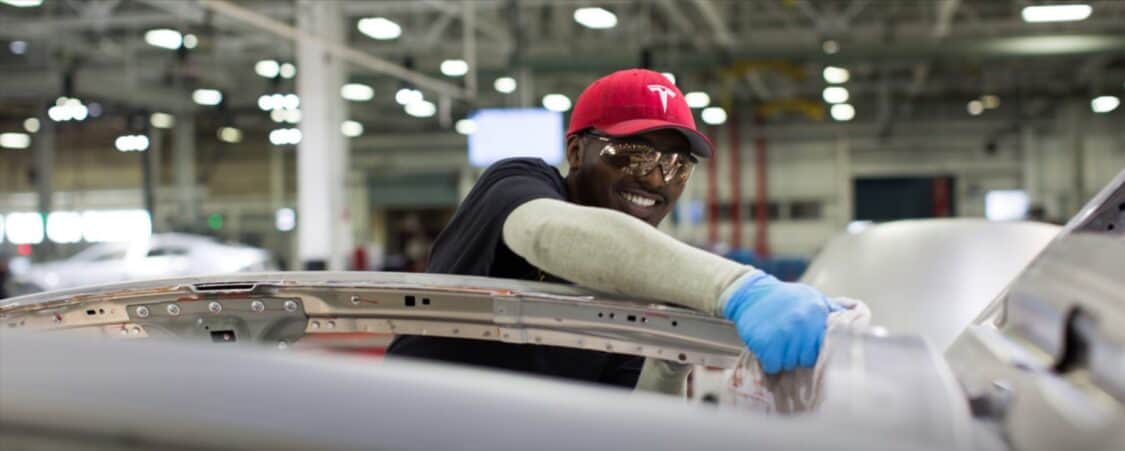
Fain reported that thousands of non-unionized workers have reached out to the UAW, expressing their interest in joining the organization. This surge in interest came after the union ratified pay raises for employees at Ford, General Motors, and Stellantis – the parent company of Chrysler, Dodge, Jeep, and Ram. This development suggests a potential shift in workers’ mindset, opening up new possibilities for the union to unionize Tesla and others while expanding its representation, particularly in the South, where it has traditionally faced significant challenges.
Fain suggested that the UAW’s aggressive push to increase its membership could dramatically bolster the union’s bargaining power. As the ranks of the union swell, the UAW can leverage the collective strength of its members to negotiate more effectively with auto manufacturers. Looking towards the future, Fain envisages a significant shift in the balance of power.
ADVERTISEMENT
By the time new contracts need to be negotiated in 2028, the UAW could find itself bargaining not just with the traditional “Big Three” of Ford, General Motors, and Stellantis, but potentially a “Big Five” or “Big Six”. This indicates that other manufacturers may be drawn into the union’s sphere, providing an expanded platform for advocating for fair labor practices and equitable conditions for all workers in the auto industry.
The UAW has pinpointed Toyota’s 7,800-worker assembly complex in Georgetown, Kentucky, as one of the factories demonstrating the most considerable interest in joining the union. This interest arises in the aftermath of a six-week series of strikes that took place at factories operated by Ford, General Motors, and Jeep maker Stellantis.
The strikes culminated in new contracts negotiated by the union, which promised a 33% pay rise for top assembly plant workers by the time these contracts expire in April 2028. This significant pay hike may be a key factor fueling the effort to unionize Tesla and others, including increased interest in unionization among non-union workers across the auto industry.
In addition to the pay increase, the new contracts also importantly brought about the termination of some lower wage tiers, a move that has been hailed as a significant step towards wage equity. Temporary workers, often overlooked in such agreements, were also beneficiaries of these negotiations, receiving much-needed pay raises.
Furthermore, the time it takes for full-time workers to reach the top of the pay scale has been shortened. These changes not only help improve the immediate financial stability of these workers but also contribute to a more equitable working environment, thereby enhancing job satisfaction and worker retention.
Elon Musk Speaks About the Potential Unionization
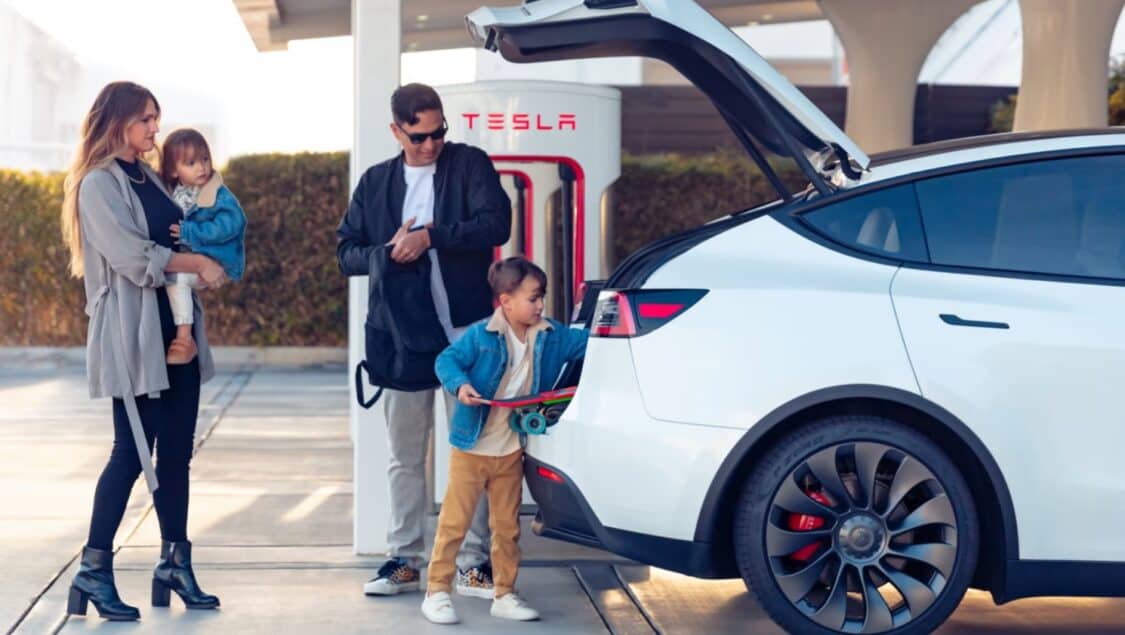
Musk made comments recently at a New York Times event, saying, “I think it’s generally not good to have an adversarial relationship between one group at the company and another group. The unions naturally try to create negativity in a company and create a sort of lords and peasants situation.”
He highlighted that the creation of a union to unionize Tesla would imply a failure on the company’s part, asserting that there is a more leveled ground between the automaker’s managers and line-level workers compared to a unionized environment. Musk emphasizes the importance of harmony within the workforce, arguing that unions can disrupt this balance by creating an unwarranted hierarchical division, leading to an adversarial climate within the company.
U.S. Labor Board Dismissed Allegations That Tesla Inc. Had Unlawfully Terminated Employees
In a noteworthy development in November 2023, a U.S. labor board dismissed allegations that Tesla Inc. had unlawfully terminated employees working on Autopilot software at a New York factory to stifle union organizing efforts to unionize Tesla. This decision further underlines the complex interplay between labor rights, unionization, and corporate interests.
Union Actions in Buffalo, NY, Sweden and Germany Against Tesla
A regional official from the National Labor Relations Board (NLRB) recently dismissed a complaint lodged by Workers United in February. The union, which aimed to organize the workforce at Tesla’s Buffalo “gigafactory,” expressed its disappointment with the decision. Meanwhile, Tesla repair technicians in Sweden initiated a strike earlier this month following Elon Musk’s refusal to engage in negotiations with their union.
Similarly, in Germany, the automobile sectoral unions have been striving to unionize Tesla’s gigafactory. Through their efforts, they negotiated a pay raise of four percent for the workers, further bolstered by informational events about unionization inside the factory. Labor experts have suggested that this wave of labor organization in Europe, along with the United Auto Workers (UAW) success in the U.S., could potentially pave the way for U.S. Tesla workers to organize.
ADVERTISEMENT

IMAGES: TESLA
FTC: We use income-earning auto affiliate links. Learn more.


